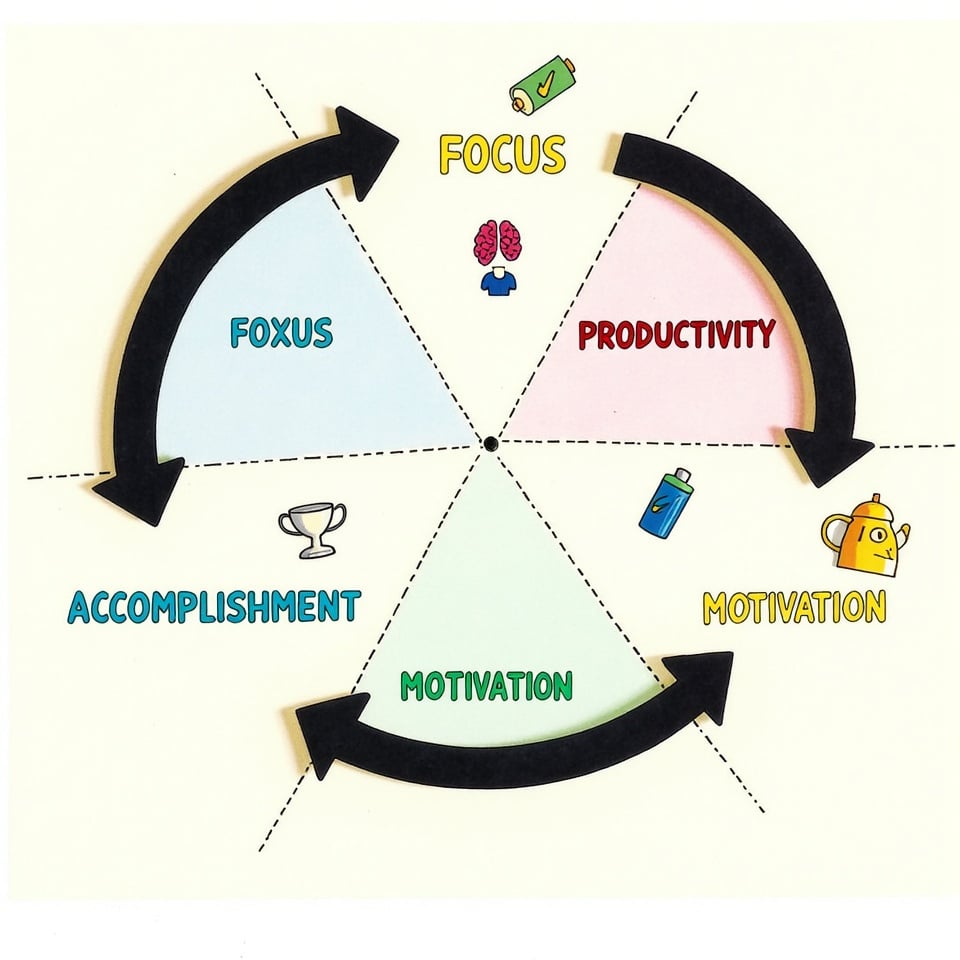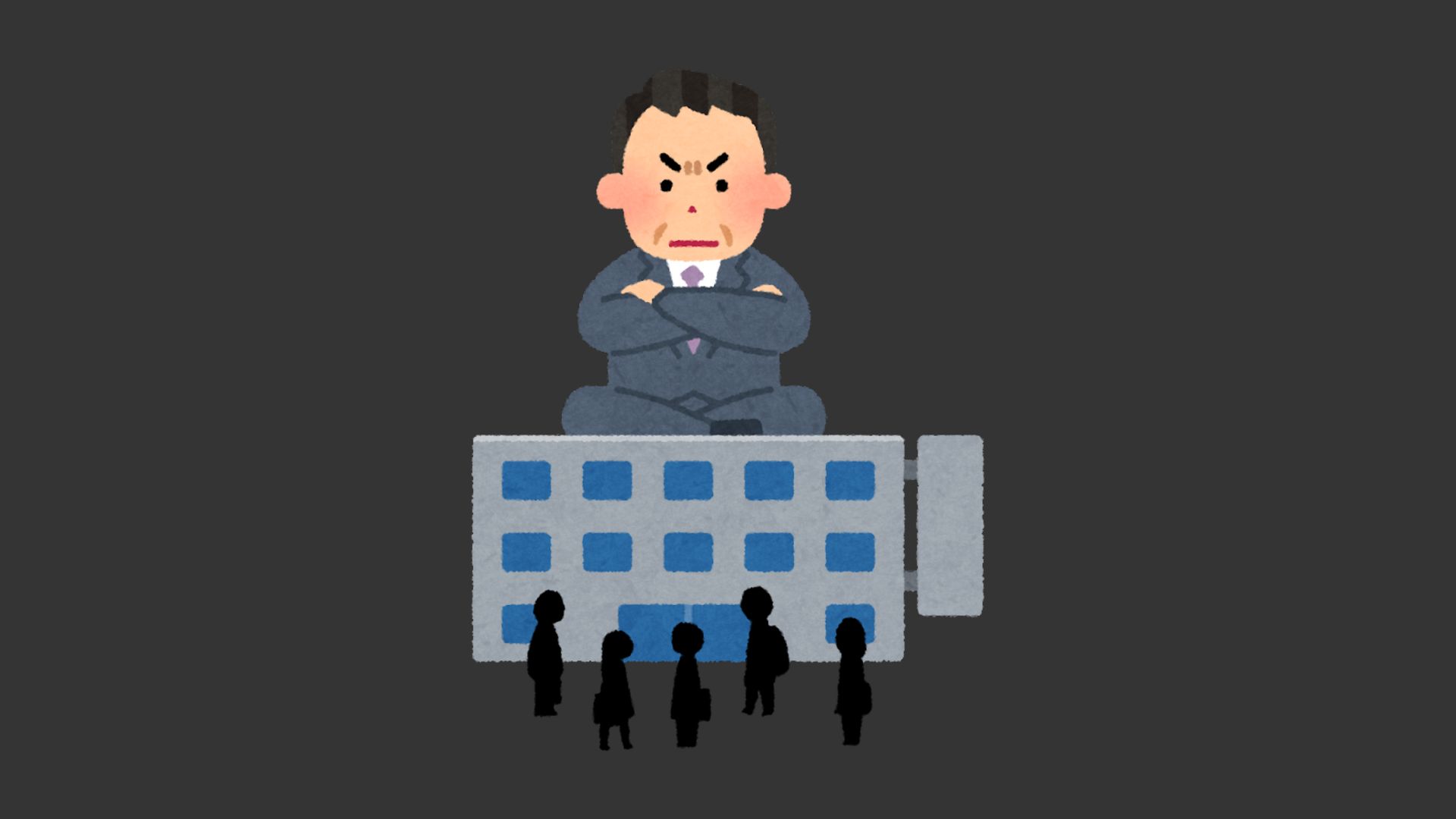Are you struggling to keep your projects on track while others seem to sail through?
The secret often lies in the project management methodology your team employs.
Choosing the right approach—whether it’s Agile for flexibility or Waterfall for structure—can significantly impact your project’s success.
In this article, we’ll break down how to select the methodology that best fits your team’s specific challenges, helping you avoid common pitfalls.
You’ll learn key differences between methodologies, real-world applications, and tips for implementation.
Get ready to transform your project management strategy!
12 project management frameworks
Let’s talk about project management frameworks like Agile, Kanban, Scrum, Six Sigma, and Waterfall.
You might use Agile for quick changes, or Waterfall if you prefer a step-by-step approach.
With something like Kanban or Scrum, you’ll see progress on boards or in sprints, and Six Sigma is all about perfection, aren’t we all?
1. Agile
Imagine you’re on a team, tackling an exciting project together, but chaos lurks around every corner.
Agile methodologies might just be your saving grace.
By embracing Agile, you focus on adaptability and collaboration, keeping everyone aligned and avoiding the hectic pitfalls of disorganized efforts.
With Agile, you’ll find:
- Collaboration is Key: Work closely with your team, valuing their ideas over rigid processes.
- Iterate Quickly: Break projects into smaller, manageable parts, allowing for continuous feedback.
- Flexible Planning: Adapt plans as needed, encouraging innovation and responsiveness.
- Customer Interaction: Regular input guarantees the final product meets their needs perfectly.
Agile fosters an environment where everyone feels heard and valued.
2. Kanban
Think of Kanban as the magical post-it note system that makes chaos disappear.
Imagine your projects laid out on a board, and it’s not cluttered at all, no sir!
Kanban helps you visualize workflows and manage tasks effortlessly.
With Kanban, you’ve got a superpower—it highlights bottlenecks before they escalate.
Wanna prioritize tasks? Just drag those colorful cards across columns.
Need flexibility?
Kanban’s got you covered; use it for anything—a home renovation or a big team project.
No more juggling tasks in your head, huh?
Plus, you don’t need the tech skills of NASA to use it, which is a relief!
3. Scrum
You’ve probably heard of Scrum—think of it as Agile’s energetic little sibling.
It’s like a fast-paced sprint with your team, chasing down goals.
You’re not just planning; you’re doing, reflecting, and improving all at once.
Imagine this lively dance led by a Scrum Master, a coach for your team.
In Scrum, you’ll enjoy:
- Sprints: Short, focused bursts of activity where you pump out valued work.
- Daily Standups: Quick, energetic meetings to sync with your teammates.
- Backlog: A prioritized to-do list that’s your project’s heart and soul.
- Retrospectives: Regular pit stops to chat about what’s working or not.
Engaging and dynamic, Scrum turns project chaos into harmony.
4. Six Sigma
Ever find yourself juggling a dozen things and wanting to improve every process along the way?
Six Sigma’s here to help you tackle that chaos.
It’s all about boosting quality and reducing mistakes, no matter the project size.
Think of Six Sigma as your team’s secret weapon, turning problems into opportunities.
Here’s the deal:
- Define: Pinpoint what’s bugging you.
- Measure: Gather data to see the real picture.
- Analyze: Find root causes.
- Improve: Fix issues one by one.
- Control: Maintain the new way of doing things.
You’ll tap into expert advice throughout these steps, saving time and resources.
It’s like having a backstage pass to smooth and efficient project handling.
Ready to become a Six Sigma superstar? Immerse yourself!
5. Waterfall
Alright, let’s plunge into the Waterfall methodology, shall we?
Imagine cascading steps, where each phase waits for its predecessor to wrap up—the chain reaction is real!
Waterfall’s approach is linear, so don’t expect any surprises or changes midway.
Here’s what you’ll love:
- Predictability: Each step is planned; you’ll know what’s next!
- Clear Communication: Everyone’s tuned in; no whispers in the wind here.
- Documentation: It’s all written down, no mystery hidden away.
- Structure: You’ll find order in chaos; everything’s got a place.
It’s great for projects where certainty reigns supreme.
Picture large-scale construction where materials and steps are predetermined.
The rigidity provides comfort if you’re not into last-minute changes.
Just remember—it’s all about upfront planning and sticking to the plan!
6. Scrumban
While Waterfall stands tall with its step-by-step predictability, sometimes you crave a little more flexibility.
That’s where Scrumban comes in, blending Scrum’s organization with Kanban’s adaptability.
Imagine having structured sprints but the ability to pull tasks on demand.
You get to keep project plans simple and focus on what truly matters.
Ever wonder how that feels?
Let me show you:
| Feature | What it Means |
|---|---|
| Sprint Cycles | Periodic work bursts for focused progress |
| Task Pulling | Freedom to choose your next task |
| Scrum Meetings | Regular check-ins for better collaboration |
| Visual Boards | Clear view of project progress |
Scrumban’s perfect if you want the best of both worlds, like peanut butter and jelly.
Ready to give it a try?
7. PRINCE2
Imagine you’re about to tackle a huge project with many moving parts.
It’s overwhelming, right?
Enter PRINCE2, a structured project management methodology designed to keep everything in check.
You’ll find it especially useful for large, complex endeavors.
Here’s why PRINCE2 could become your best buddy:
- Clear Stages: Divide your project into manageable steps; you won’t miss a beat.
- Defined Roles: Know exactly who’s doing what; no more “who’s on first?” moments.
- Controlled Environment: Keep a tight leash on resources and risks; surprises stay for birthday parties only.
- Regular Reviews: Checkpoints guarantee you’re on track; think of them as your project’s pit stops.
PRINCE2’s all about organized chaos—taking the wild ride and taming it!
8. Lean
You’ve probably heard of Lean before.
It’s a project management framework focused on maximizing value while minimizing waste.
Visualize this: instead of bogged-down meetings and endless reports, Lean’s about streamlining processes and keeping things efficient.
So, why clutter when you can clear the path?
Lean isn’t just for factories.
It’s perfect for teams wanting to cut through chaos and create more value.
Imagine tackling a project with only the essentials, allowing your team to focus on delivering what truly matters.
Sounds liberating, right?
Here’s a quick tip: empower your team to spot and eliminate waste.
Trust me, they’ll appreciate having a voice.
Plus, continuous improvement means you’re always finding ways to get better.
So, why not give Lean a shot?
9. Critical path method (CPM)
Alright, Lean’s about cutting waste.
But if you’ve got deadlines to meet and want to keep your project on track, you should definitely look into the Critical Path Method (CPM).
It’s all about identifying the sequence of vital tasks that can’t be delayed without pushing the whole project back.
Fancy, right?
Here’s how CPM works wonders for you:
- Identify Critical Tasks: Find those tasks that literally keep the project going.
- Create Dependencies: Map out how each task is connected. It’s like a puzzle!
- Track Goals and Progress: Keep an eye on milestones and make sure everything’s on schedule.
- Prioritize Deliverables: Make certain the important bits get done first.
CPM’s not just for big shots; it’s perfect for small to mid-sized projects.
Cool, huh?
10. Critical chain project management (CCPM)
So, you think you’ve got a handle on project management?
Then you’ve got to try Critical Chain Project Management (CCPM).
Imagine this: you’ve got a long list of tasks, some hiccups, and limited resources.
CCPM swoops in, leveling these challenges with panache.
It’s like the cool cousin of CPM (Critical Path Method), adding more flair by focusing on resources and time buffers.
Here’s a tip:
- Resource Leveling: Don’t overload your team. Spread work evenly.
- Time Buffers: Add cushions to task timelines for unforeseen delays.
CCPM boosts productivity and aligns your team with your project goals.
Plus, it’s great for both small and big teams facing efficiency issues.
Think of it as your new secret weapon in project management!
Ready to conquer those tasks?
11. Project Management Institute’s PMBOK® Guide
Ready to immerse yourself in the PMBOK® Guide, the project management playbook?
This guide isn’t just a book—it’s your trusty toolkit, packed with best practices to tackle projects with confidence.
It guides you through five phases:
- Initiation: Kickstart projects by identifying goals.
- Planning: Map out the steps ahead.
- Executing: Get things rolling with team tasks.
- Performance: Monitor progress like a hawk.
- Closure: Wrap it all up neatly.
Doesn’t it sound like a roadmap to success?
You’ll find clarity in managing projects, from start to finish.
Plus, if you’re diving into the diverse world of project management, the PMBOK® Guide has your back.
Give it a go and see your projects thrive!
12. Extreme programming (XP)
Ever heard of Extreme Programming (XP)? It’s not about skydiving while coding, but it’s pretty exciting for project management!
XP is all about collaboration and improvement.
You’ll focus on technical excellence, getting feedback, and adapting quickly.
It’s perfect if your team thrives on flexibility and communication.
In XP, you’ll engage in pair programming—two brains are better than one, right?
It’s kind of like having a project buddy.
You’ll also use test-driven development, which means you’ll write tests before coding.
Talk about being prepared!
XP leads to frequent releases, ensuring that the customer’s always happy.
Choosing the right project management methodology for your team
Picking the right project management methodology for your team can feel like a treasure hunt, can’t it?
You might get lost in a sea of options, but don’t worry—it’s a fun adventure!
Start by considering these key factors:
- Team Size: Large teams might thrive with Agile, while smaller ones might opt for Kanban.
- Project Complexity: Complex projects often call for methodologies like PRINCE2, guaranteeing structured progress.
- Industry Dynamics: In rapidly changing industries, adaptive methods like Scrum or XP guarantee flexibility.
- Team Preferences: It’s vital to choose a method your team feels comfortable using daily.
Think of it like finding the perfect puzzle piece for your team’s success.
Methods to manage your projects mindfully
When it comes to managing your projects mindfully, the first step is thinking about how you feel.
Are you stressed or overwhelmed?
That’s okay!
Using the right methodology can lighten the load.
Here’s how to tackle it:
- Use Agile Techniques
- Agile focuses on flexibility and collaboration, perfect for dynamic environments.
- Communicate Openly
- Share feelings and ideas with your team. This builds trust and keeps everyone on the same page.
- Prioritize Tasks
- Identify what’s important and avoid distractions. Have you tried a simple Kanban board?
- Review Regularly
- Regular check-ins help adjust strategies, ensuring you’re on track.
Remember: You’re not alone in this.
Mindful management leads to happier teams and successful projects.
Who couldn’t use more of that?
Wrapping it up
Choosing the right project management methodology can feel like picking the right ice cream flavor.
Each one offers something unique!
Imagine your team is like a bakery; Agile could help you whip up new recipes quickly, while Waterfall guarantees you follow each step precisely for a big wedding cake.
Think about your project and team dynamics.
Do they need more flexibility or structure?
Trust your instincts, experiment a bit, and you’ll find the perfect fit!







